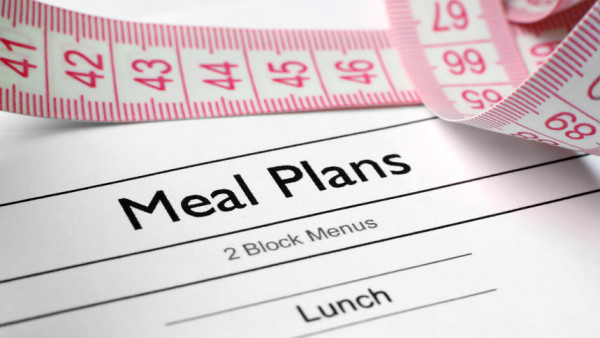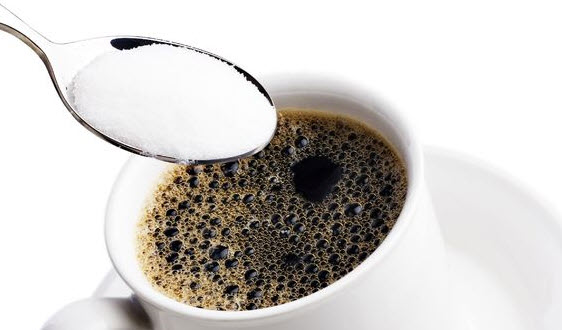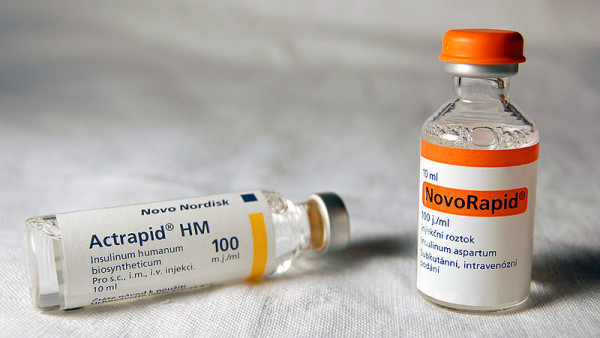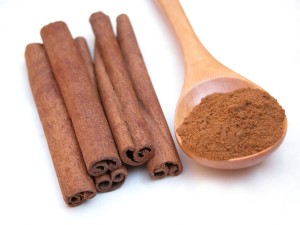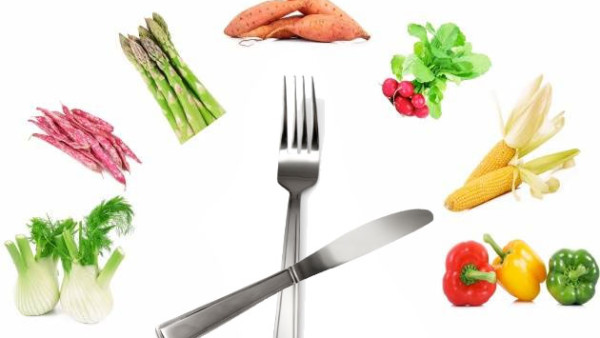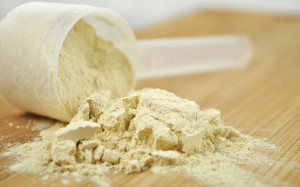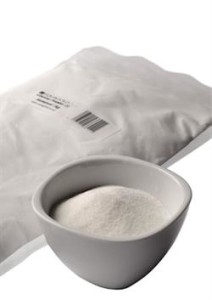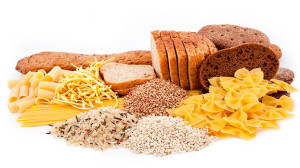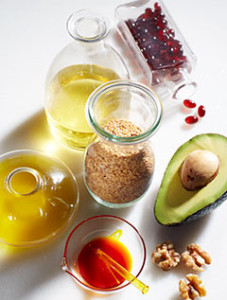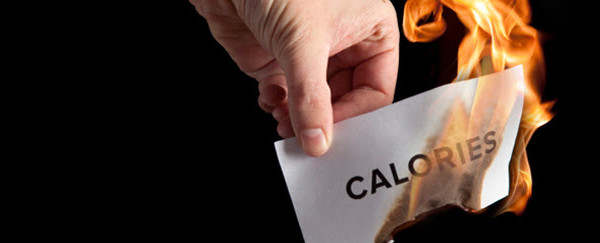Interview with Kaila Uli
Kaila Uli is a 25-year old model residing in San Francisco, California. She is of Dutch and Sicilian descent and whole-heartedly supports sustainability, local shopping, and being a nice person.
How would you introduce yourself to our readers?
My name is Kaila. I have been a model for 6 years. I was born and raised in Southern California, though I currently reside and work as a full time model in San Fransisco. My hobbies include snowboarding, shopping (of course), broadcasting to my network of followers on Hang With, and swimming.
 When, how and why did you first get involved in the modeling industry?
When, how and why did you first get involved in the modeling industry?
I was interested in modeling at a young age, but I grew up in a strict baptist household where modeling, celebrities and fashion were sinful things. My church and my family told me to stop dreaming about it, and to never get involved in modeling. At 19 and decided to ignore them all and go for it. Around this time I also began struggling with and eating disorder. I lost weight rapidly and started getting more attention as a model, thanks to my leaner figure. I began modeling several days a week, and was able to sustain myself on my modeling income. During this time I was struggling tremendously with anorexia and bulimia. I took a short hiatus from modeling to get myself together. I sought help to recover. I’m not fully recovered, but I am no longer anorexic, and I am well on my way to being fully recovered.
What are your personal and professional goals? Where do you see yourself in five to ten years?
My goals as a model is to make room in the fashion world for women who don’t fit into the anorexic or plus size realm. Right now there are two categories. “Models” who are size 2 and below, and “Plus size models” who are sizes 12 and up. That leaves 10 whole sizes of women who are untouched by the modeling industry. I intend to get my size 6 butt into every campaign and billboard possible. I want tobe part of the body-positive revolution! I want to dispel the myth that anorexia is glamourous. I want to kick down the signs that say skinny is the only kind if beautiful. I want to create a world where little girls can grow up feeling beautiful, whatever size they are!
How often are you modeling and what does it usually consist of?
I model 3-5 days per week, often times with double bookings. In the past I was primarily a runway girl, but nowadays my bookings are mostly with tech companies, artists, and lifestyle shoots.
 Please tell us about the best and/or worst experiences you’ve had so far in modeling.
Please tell us about the best and/or worst experiences you’ve had so far in modeling.
The worst experience I’ve ever had was being ridiculed for my weight and being to large while I was clinically underweight. I was sent home for being ‘fat’, and they found a model who was even more anorexic than I was.
Have you had anything funny, embarrassing or completely out of the ordinary happen during your modeling career?
The best (and debately worst) story I have was when I did a runway in San Fransisco. One of the other models stole all my clothes and left me backstage naked. She literally took ever single peice of clothing I owned. Fortunately, a designer gave me his leftover scrap designs, and I left in a big cost and lime-green leggings.
Is there anything you would change about the modeling industry if you could?
The fashion sizing standards are ridiculous. I saw so many models doing drugs. I don’t know one single model (not ONE) who could sustain her tiny frame without drugs. We need a new, realistic standard about what models should look like.
Do you practice any sports and what do you typically eat? Please elaborate on the importance of nutrition and exercise in your life.
I currently work out and squat every day to maintain my physique. I eat a strict no-sugar, low carb diet. I focus less on exercise and more on what I eat. I aim for 1300 calories per day, and if I go over then I spend a little extra time in the gym.
Please share something people don’t know about you.
I have a pig-phobia.
Would you change anything about yourself (physical or otherwise) if you could?
I would give myself a head with interchangeable hair. So I could go short one day, super long the next and have any color I wanted 🙂
Visit Kaila Uli’s website for more photos and information
Read more




